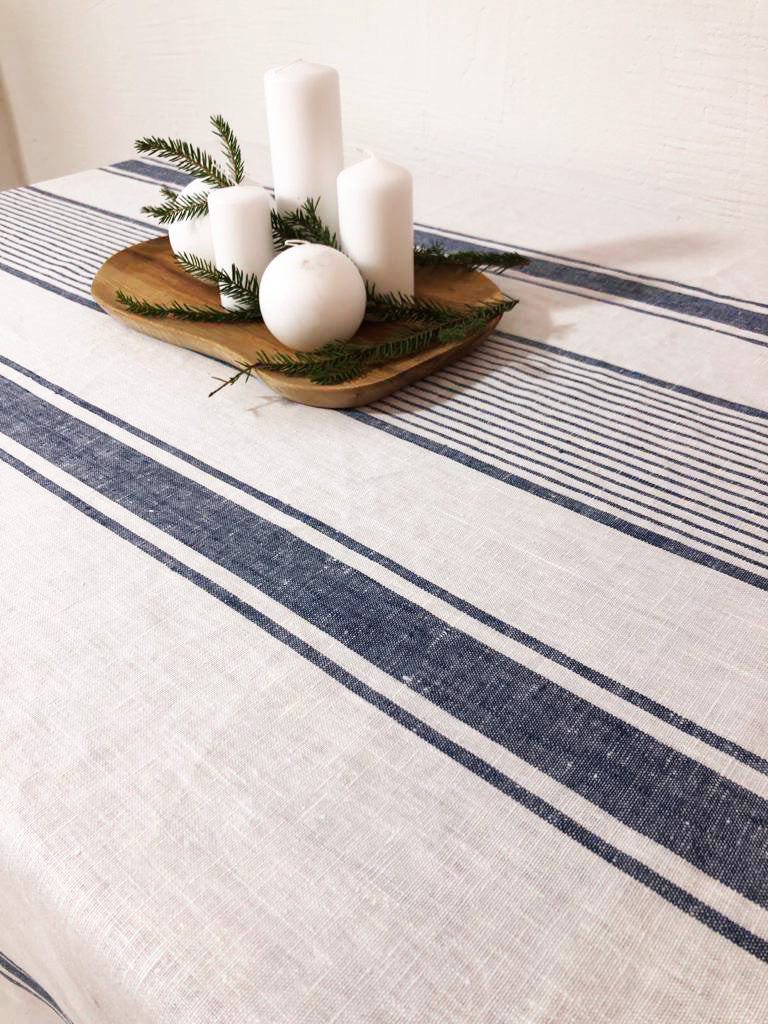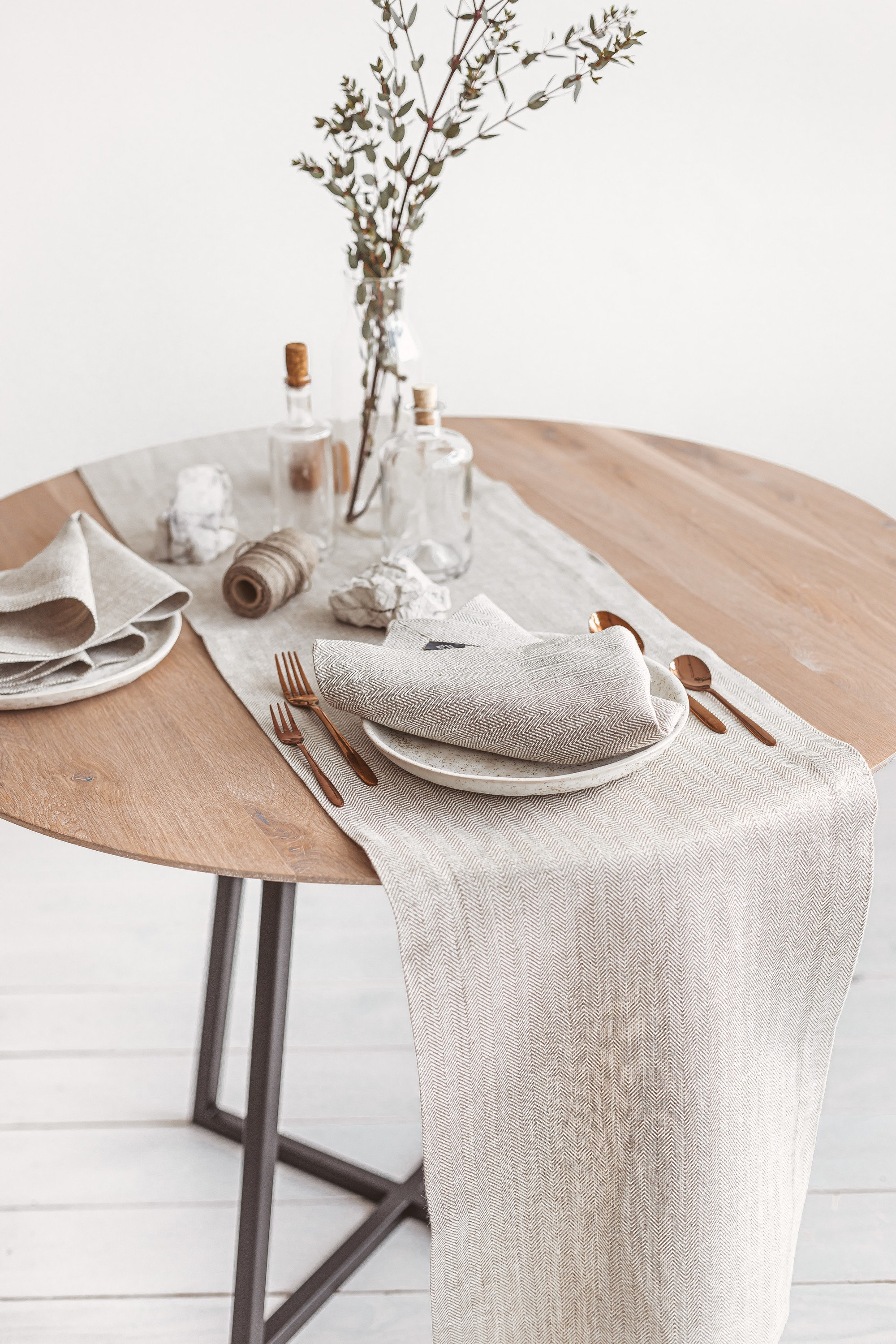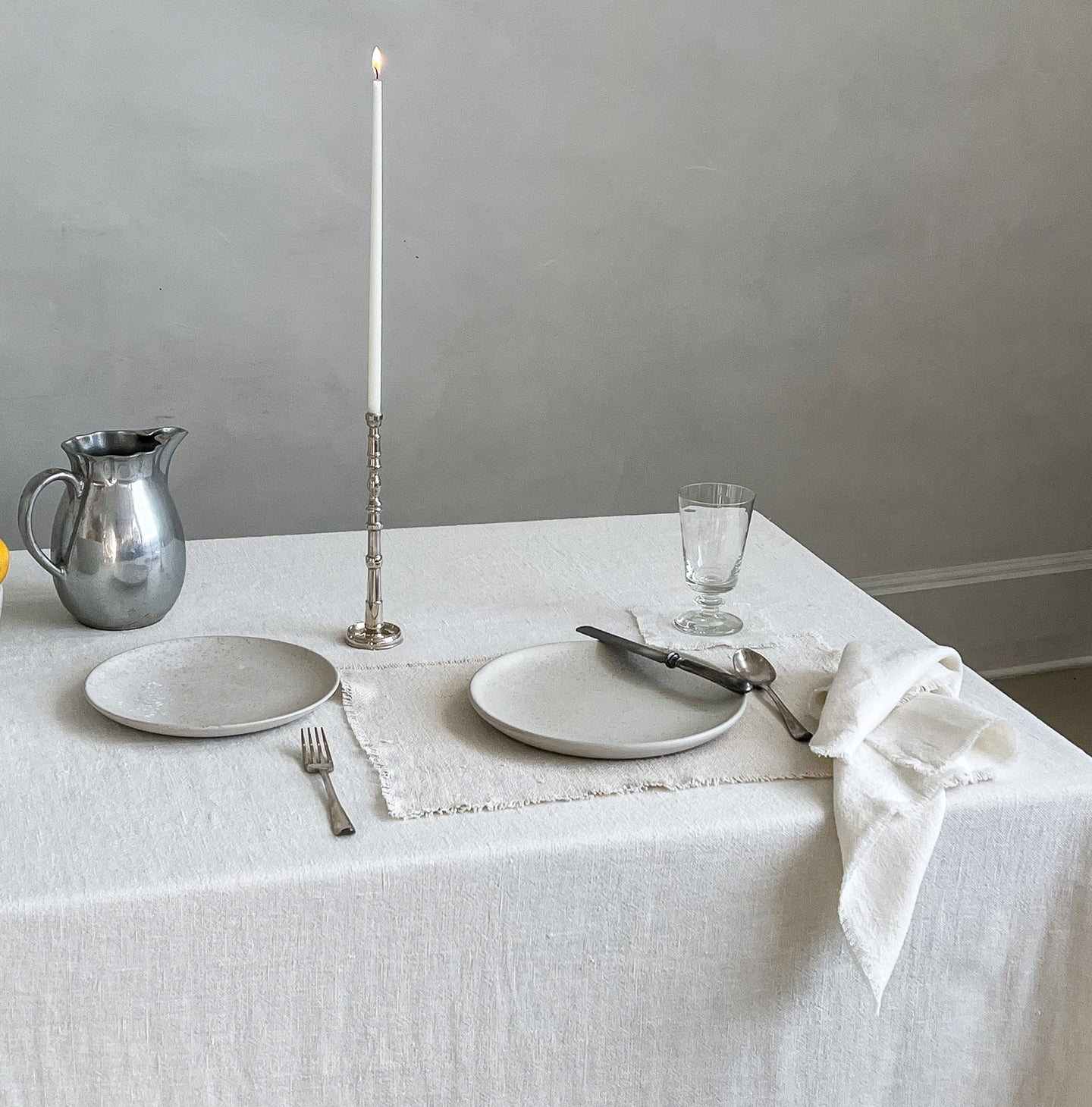Bed Linen Textile Technologies: Discovering Modern Trends and Creative Applications in Design and Fabric Sector
From sustainable production techniques to advanced weaving innovations, the development of bed linen is improving the landscape of the textile market. As we dive right into the realms of imaginative style applications and the introduction of linen blends and crossbreed textiles, a new phase unravels in which linen's role in future textile innovations takes center stage.
Sustainable Practices in Bed Linen Manufacturing
Sustainable techniques in bed linen production have actually come to be increasingly vital in the fabric sector's efforts to lessen ecological impact and advertise honest sourcing techniques. Bed linen, a natural fiber originated from the flax plant, supplies an array of benefits such as breathability, biodegradability, and longevity. However, conventional methods of linen production can include significant water usage, pesticide use, and energy-intensive procedures.
To deal with these obstacles, several textile makers are embracing sustainable practices throughout the linen manufacturing procedure. This consists of sourcing flax from organic farms that avoid damaging pesticides and chemicals, executing water-efficient retting strategies to essence fibers from the flax stalks, and using environment-friendly dyes and coatings. Additionally, some firms are spending in renewable resource sources to power their manufacturing centers and minimizing waste via recycling and upcycling initiatives.
Technological Advancements in Bed Linen Weaving
With the expanding emphasis on lasting methods in linen manufacturing, the fabric sector is currently seeing a surge in technological innovations particularly aimed at changing the art of bed linen weaving. These innovations are reshaping the means linen textiles are produced, supplying increased efficiency, high quality, and imagination in weaving strategies.
Among the vital technical innovations in bed linen weaving is the combination of digital looms. These advanced looms are outfitted with software that permits complex and intricate layouts to be woven with accuracy. By digitizing the weaving procedure, makers can achieve better uniformity and accuracy in their bed linen fabrics.
Moreover, innovations in thread spinning technology have allowed the manufacturing of finer and even more long lasting linen yarns - table cloths. This causes softer and smoother linen materials that keep their quality even after multiple usages and laundries
Furthermore, the development of green dyeing processes and finishes for linen textiles is acquiring grip. These lasting practices not only minimize the ecological impact but likewise accommodate the boosting consumer demand for fairly generated textiles.
Creative Layout Applications for Linen
Cutting-edge artistic methods are significantly shaping the innovative style applications for bed linen in the fabric industry. Developers are pressing the borders of conventional linen use, discovering its convenience in various applications. One famous pattern is the assimilation of bed linen in sustainable fashion lines, where its eco-friendly homes are highlighted. Linen's all-natural aesthetic appeal and capacity to mix with other textiles make it a favorite choice for producing unique garments and devices that accommodate the environmentally aware consumer.
Additionally, designers are trying out with linen in home style, utilizing its breathable and resilient nature to craft stylish furnishings such as curtains, bedding, and upholstery. The appearance and drape of bed linen bring a feeling of sophistication and convenience to interior spaces, adding a touch of beauty to contemporary homes.

Linen Blends and Hybrid Fabrics

Crossbreed textiles, on the various other hand, take the concept of mixing a step further by incorporating added elements such as metal threads, recycled products, or conductive fibers. These innovative fabrics not only increase the layout opportunities however likewise present useful facets like conductivity, antimicrobial residential or commercial properties, or enhanced toughness. Hybrid textiles are increasingly being made use of in various industries, consisting of style, interior decoration, and technological textiles, where the demand for multifunctional products gets on the surge.
Bed linen's Function in Future Textile Innovations

In the realm learn the facts here now of future fabric advancements, bed linen is expected to be a principal in the development of innovative functional textiles. Developers and scientists are discovering ways to enhance bed linen's inherent top qualities via technical developments, such as incorporating wise fabrics, nanotechnology, and performance coatings. These advancements intend to boost bed linen's performance qualities, making it ideal for a more comprehensive series of applications, from activewear to safety apparel.
Additionally, the combination of bed linen with various other all-natural or synthetic fibers opens up countless opportunities for creating novel fabrics with distinct residential or commercial properties and capabilities. By leveraging linen's attributes and checking out ingenious blends, the fabric sector is positioned to present amazing growths that satisfy progressing consumer requirements and sustainability requirements.
Conclusion
Finally, the exploration of sustainable practices, technical innovations, innovative style applications, linen blends, and its function in future textile technologies highlight the constant development of linen textile in the modern design and textile sector. With a concentrate on development and creativity, the versatility and green nature of linen make it a valuable material for manufacturers and designers alike, leading the means for additional growths and advancements in the area of fabrics.
As we dig into the worlds of creative style applications and the use this link development of bed linen blends and hybrid materials, a new chapter unravels in which linen's role in future fabric innovations takes center phase.
Discovering the combination of linen with other fabrics has actually led to the appearance of cutting-edge blends and crossbreed fabrics in the contemporary textile industry. Linen blends provide a distinct combination of the attributes of linen with those of other fibers, resulting in materials that have improved residential properties such as increased resilience, boosted draping, and minimized wrinkling.The evolution of linen blends and hybrid textiles has actually established the phase for Bed linen to play a crucial function in driving future textile advancements.In the realm of future textile technologies, bed linen is expected to be a key gamer in the development of innovative useful textiles.